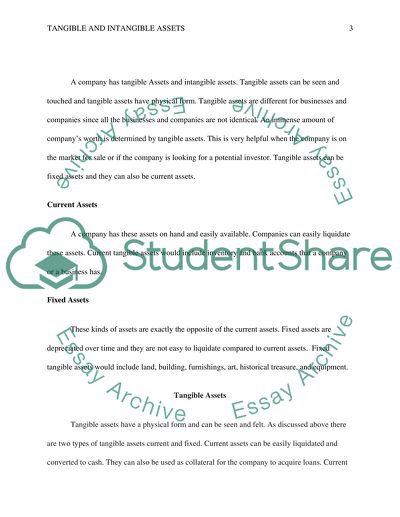Cite this document
(“Tangible and Intangible Assets Research Paper Example | Topics and Well Written Essays - 1750 words”, n.d.)
Retrieved from https://studentshare.org/finance-accounting/1482359-tangible-and-intangible-assets
Retrieved from https://studentshare.org/finance-accounting/1482359-tangible-and-intangible-assets
(Tangible and Intangible Assets Research Paper Example | Topics and Well Written Essays - 1750 Words)
https://studentshare.org/finance-accounting/1482359-tangible-and-intangible-assets.
https://studentshare.org/finance-accounting/1482359-tangible-and-intangible-assets.
“Tangible and Intangible Assets Research Paper Example | Topics and Well Written Essays - 1750 Words”, n.d. https://studentshare.org/finance-accounting/1482359-tangible-and-intangible-assets.


